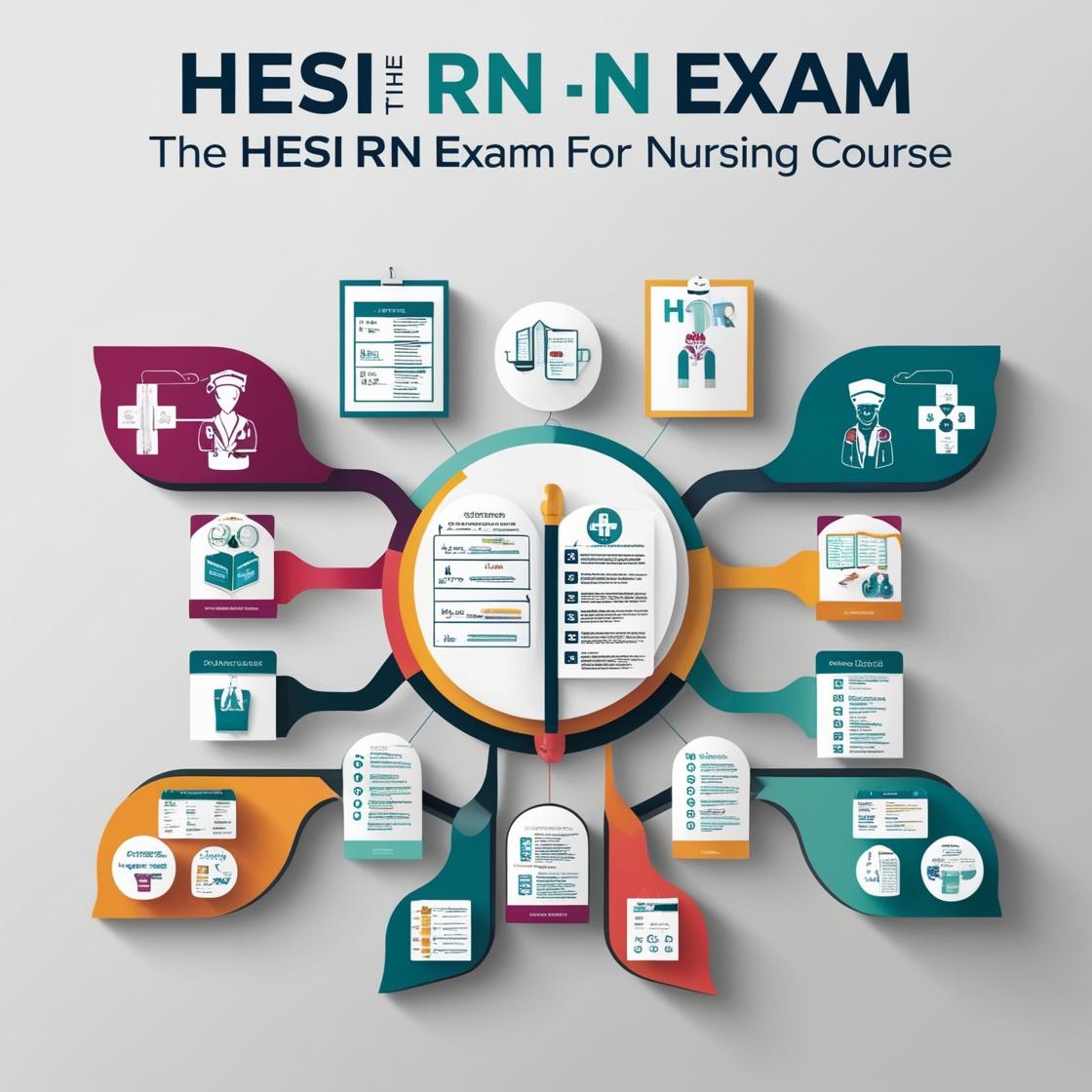HESI RN
HESI Pediatrics Practice Exam
1. A 10-year-old child is brought to the emergency department after falling from a bicycle and hitting their head. The nurse notes that the child is drowsy and has a headache. What is the nurse’s priority action?
- A. Perform a full neurological assessment
- B. Administer pain medication
- C. Allow the child to rest quietly
- D. Check the child's immunization status
Correct answer: A
Rationale: In a child who has fallen and hit their head, presenting with drowsiness and headache, the priority action for the nurse is to perform a full neurological assessment. This is crucial to evaluate the extent of the head injury and monitor for signs of increased intracranial pressure, which could indicate a more severe traumatic brain injury. Administering pain medication or allowing the child to rest quietly are not appropriate initial actions without first assessing the neurological status. Checking the child's immunization status is important for overall health but is not the priority in this acute situation.
2. The caregiver is providing discharge instructions to the parents of a 6-month-old infant who was hospitalized for bronchiolitis. Which statement by the parents indicates a correct understanding of the instructions?
- A. We should keep our baby away from people with colds
- B. We should continue giving the prescribed medication even if our baby seems better
- C. We should avoid giving solid foods to help with recovery
- D. We can place our baby to sleep on their back to help with breathing
Correct answer: A
Rationale: Keeping the infant away from people with colds is crucial to prevent the spread of respiratory infections, especially for infants recently hospitalized with bronchiolitis. This precaution helps protect the baby from further illnesses and promotes recovery. The other choices are incorrect because it is important to complete the prescribed medication course even if the baby seems better to ensure the infection is fully treated (Choice B). Solid foods are usually introduced around six months of age, so avoiding them entirely may not be necessary (Choice C). Placing the baby to sleep on their back is a safe sleep practice to prevent sudden infant death syndrome (SIDS) but may not directly help with breathing in the context of bronchiolitis (Choice D).
3. A male infant with bronchiolitis is brought to the clinic by his mother. The infant is congested and febrile with a capillary refill of 2 seconds. Which information should the nurse discuss with the mother?
- A. Encourage the infant to play
- B. Limit the amount of oral intake
- C. Keep the infant isolated from others
- D. Place the infant on their back for naps
Correct answer: C
Rationale: Bronchiolitis is a highly contagious respiratory infection commonly caused by viruses. Isolating the infant from others is crucial to prevent the spread of the infection to other vulnerable individuals, especially those with weakened immune systems. Encouraging play may not be appropriate as the infant is sick and needs rest. Limiting oral intake might be necessary if the infant is having difficulty swallowing due to respiratory distress. Placing the infant on their back for naps is a safe sleep practice but not the priority in this situation where preventing transmission of the infection is crucial.
4. When screening a 5-year-old for strabismus, what action should the nurse take?
- A. Have the child identify colored patterns on polychromatic cards.
- B. Direct the child through the six cardinal positions of gaze.
- C. Inspect the child for the setting sun sign.
- D. Observe the child for blank, sunken eyes.
Correct answer: B
Rationale: When screening a 5-year-old for strabismus, directing the child through the six cardinal positions of gaze is the most appropriate action. This method helps the nurse to assess eye alignment, which is crucial in identifying any misalignment that may indicate strabismus. Choices A, C, and D are incorrect. Having the child identify colored patterns on polychromatic cards is more related to visual acuity testing rather than strabismus screening. Inspecting the child for the setting sun sign is not a standard method for strabismus screening. Observing the child for blank, sunken eyes is not specific to strabismus assessment.
5. A child with pertussis is receiving azithromycin (Zithromax Injection) IV. Which intervention is most important for the nurse to include in the child's plan of care?
- A. Obtain vital signs to monitor for fluid overload
- B. Change IV site dressing every 3 days and as needed
- C. Monitor for signs of facial swelling or urticaria
- D. Assess for abdominal pain and vomiting
Correct answer: C
Rationale: When administering azithromycin IV, monitoring for signs of an allergic reaction, such as facial swelling or urticaria, is crucial. This helps in early detection of potential adverse reactions and ensures prompt intervention to prevent complications associated with the medication. The other options are not directly related to the administration of azithromycin IV in this scenario. Monitoring for fluid overload would be more relevant for fluid administration, changing IV site dressing is important but not the priority in this case, and assessing for abdominal pain and vomiting may be important but not as critical as monitoring for signs of an allergic reaction.
Similar Questions

Access More Features
HESI RN Basic
$89/ 30 days
- 50,000 Questions with answers
- All HESI courses Coverage
- 30 days access @ $89
HESI RN Premium
$149.99/ 90 days
- 50,000 Questions with answers
- All HESI courses Coverage
- 30 days access @ $149.99
